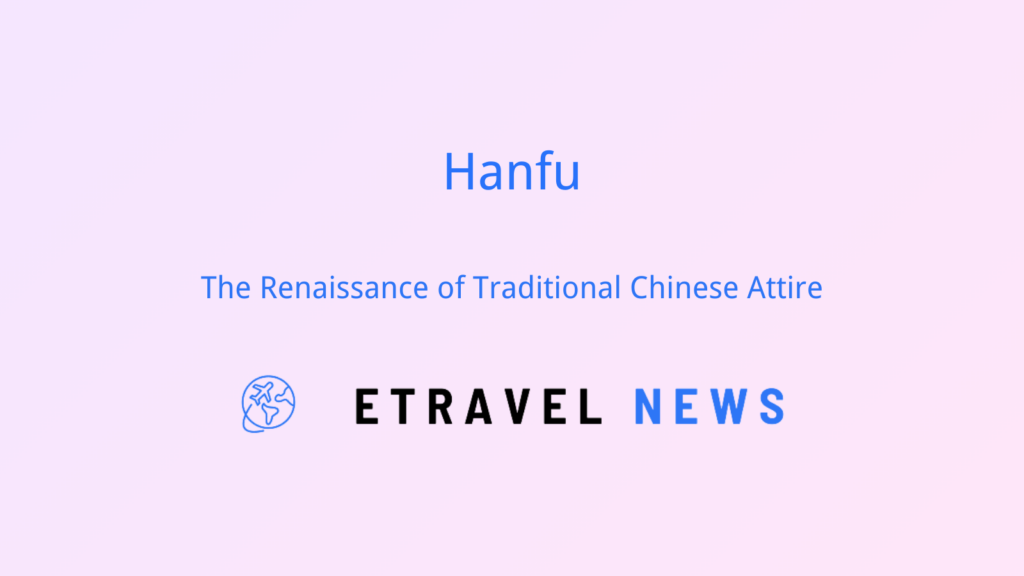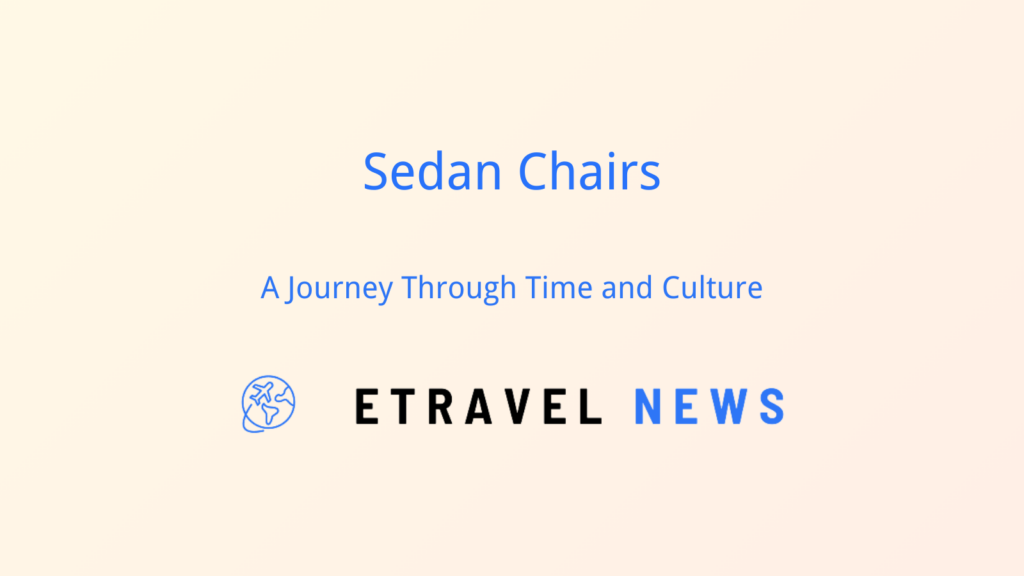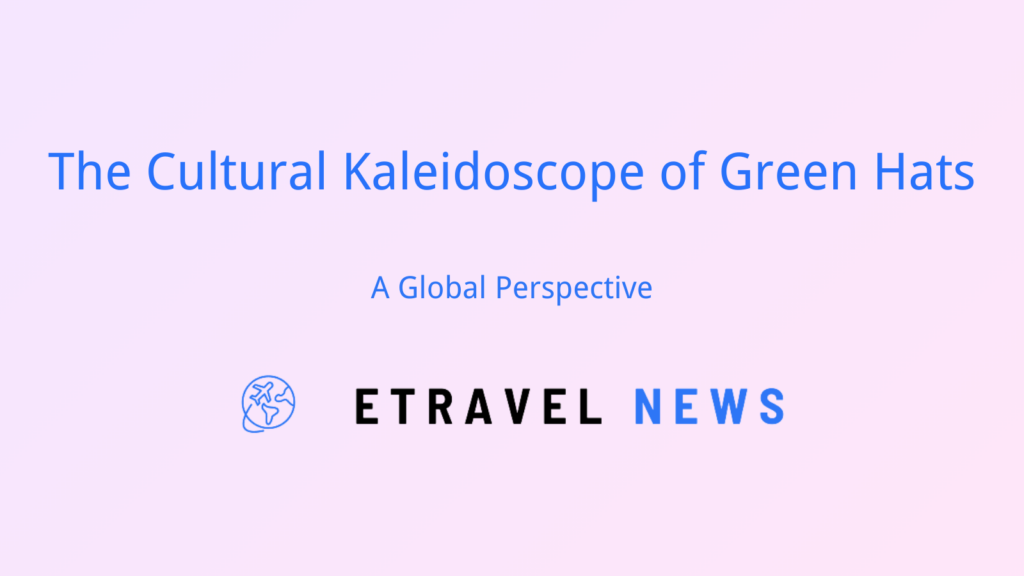Introduction to Mongolian Traditional Costume
Mongolian traditional costume is more than just clothing; it’s a vivid expression of the nation’s rich history, nomadic lifestyle, and cultural identity. Evolving over centuries, these garments have adapted to the harsh Mongolian climate while maintaining their distinctive beauty and symbolism.
From the vast steppes to the urban centers, traditional Mongolian dress continues to play a significant role in daily life and special occasions, serving as a tangible link to the country’s past and a source of national pride.
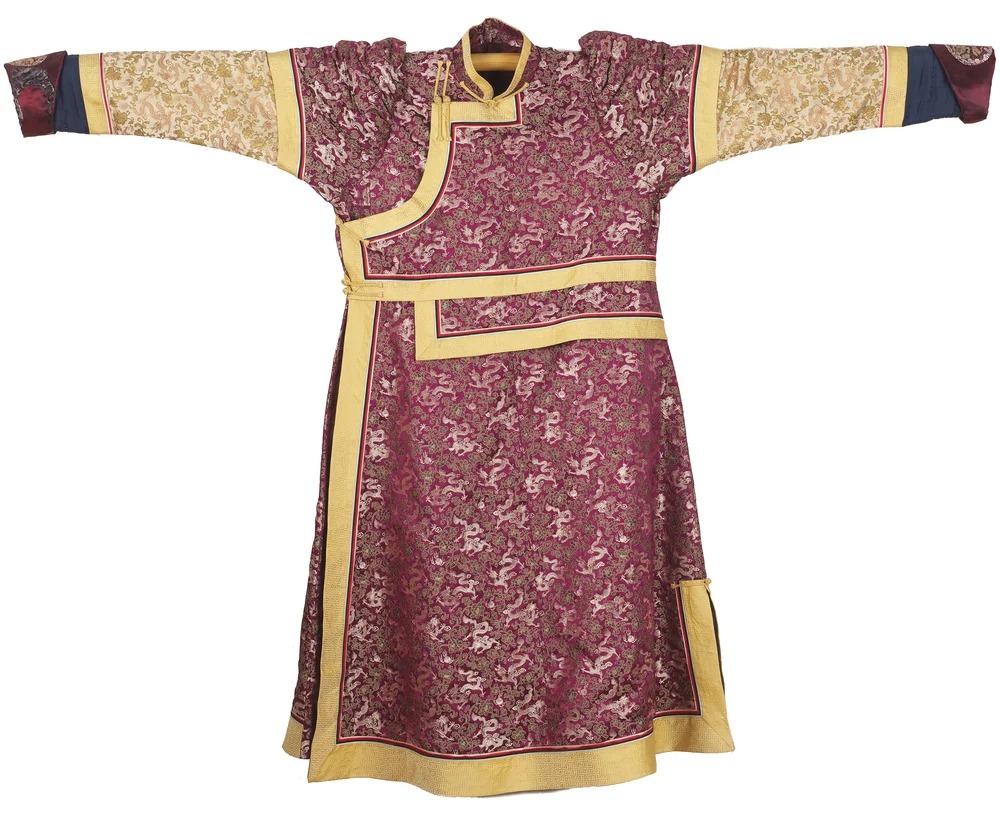
The Deel: The Iconic Mongolian Garment
At the heart of Mongolian traditional costume lies the deel, a versatile outer garment worn by both men and women. This long, loose-fitting robe is designed to provide warmth and freedom of movement, perfectly suited to the nomadic lifestyle of the Mongolian people.
Key Features of the Deel:
- High collar for protection against wind
- Overlapping front panels secured with buttons or ties
- Long sleeves that extend beyond the hands for warmth
- Wide sash (bus) wrapped around the waist
The deel comes in various styles, tailored to different seasons and purposes:
| Season | Material | Features |
|---|---|---|
| Summer | Lightweight silk or cotton | Thinner fabric, brighter colors |
| Winter | Sheepskin or felt | Thick, padded for insulation |
| Formal | Silk with embroidery | Ornate designs, vibrant colors |
The deel’s design incorporates rich symbolism. For instance, the right panel always folds over the left, symbolizing an open heart and good intentions.
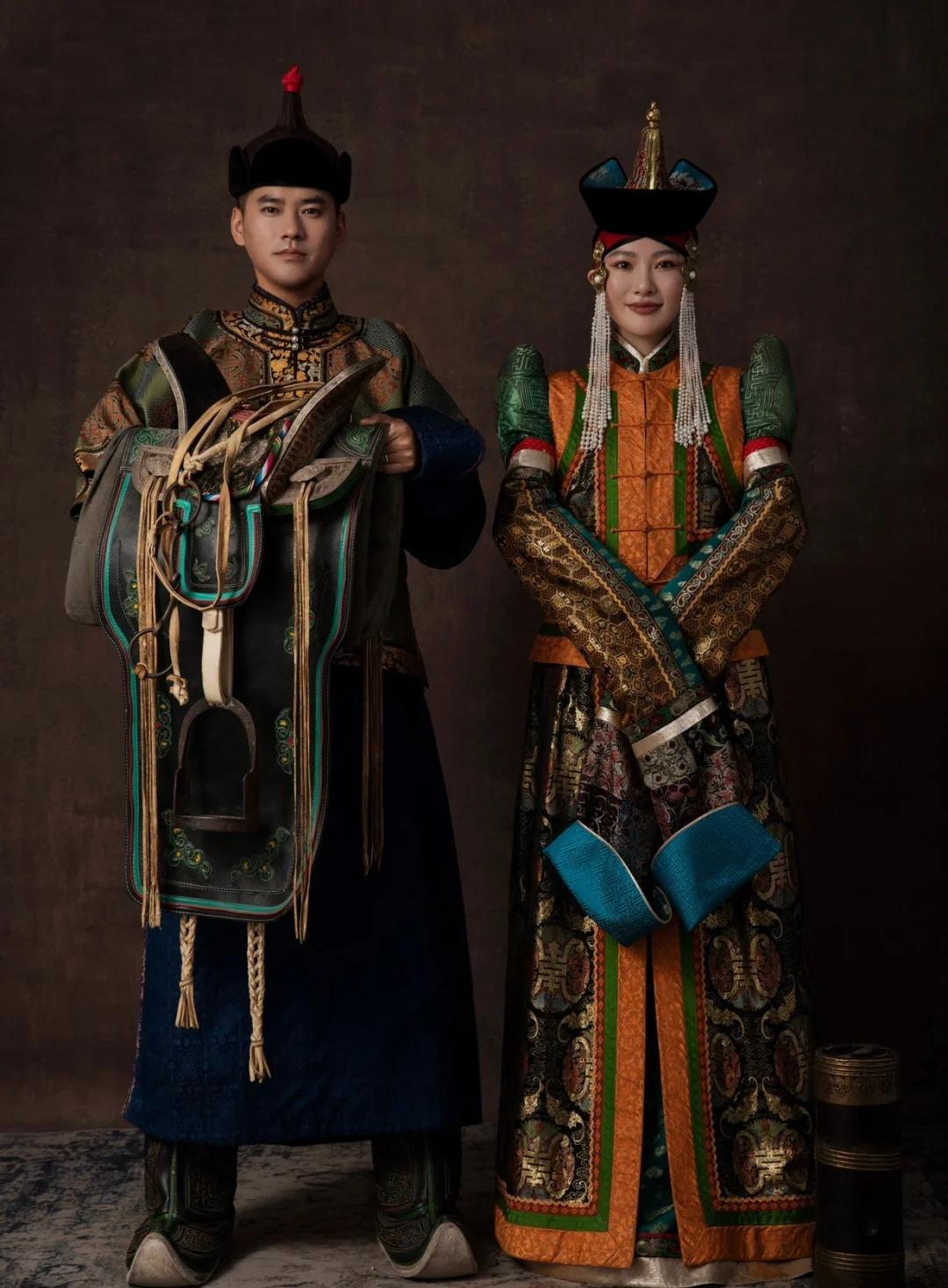
Headwear and Hairstyles
Mongolian headwear is diverse and meaningful, with different styles indicating age, marital status, and social position.
Notable Mongolian Hats:
- Loovuuz: A fur-trimmed hat with ear flaps, ideal for winter
- Toortsog: A pointed hat often adorned with a red tassel
- Böhmörgö: A flat-topped hat worn by married women
Traditional hairstyles also carry significance. For example, unmarried women often wear their hair in braids, while married women may adopt more elaborate styles.
Footwear and Accessories
Traditional Boots (Gutal)
Mongolian boots, known as gutal, are designed for horseback riding and walking on the steppes. They feature:
- Upturned toes to prevent snagging in stirrups
- Thick soles for insulation and durability
- Decorative patterns reflecting regional styles
Accessories
Accessories in Mongolian traditional costume are both functional and decorative:
- Belts: Wide, often ornate, used to secure the deel and carry small items
- Jewelry: Silver predominates, believed to have protective properties
- Snuff Bottles: Carried as a status symbol and for practical use
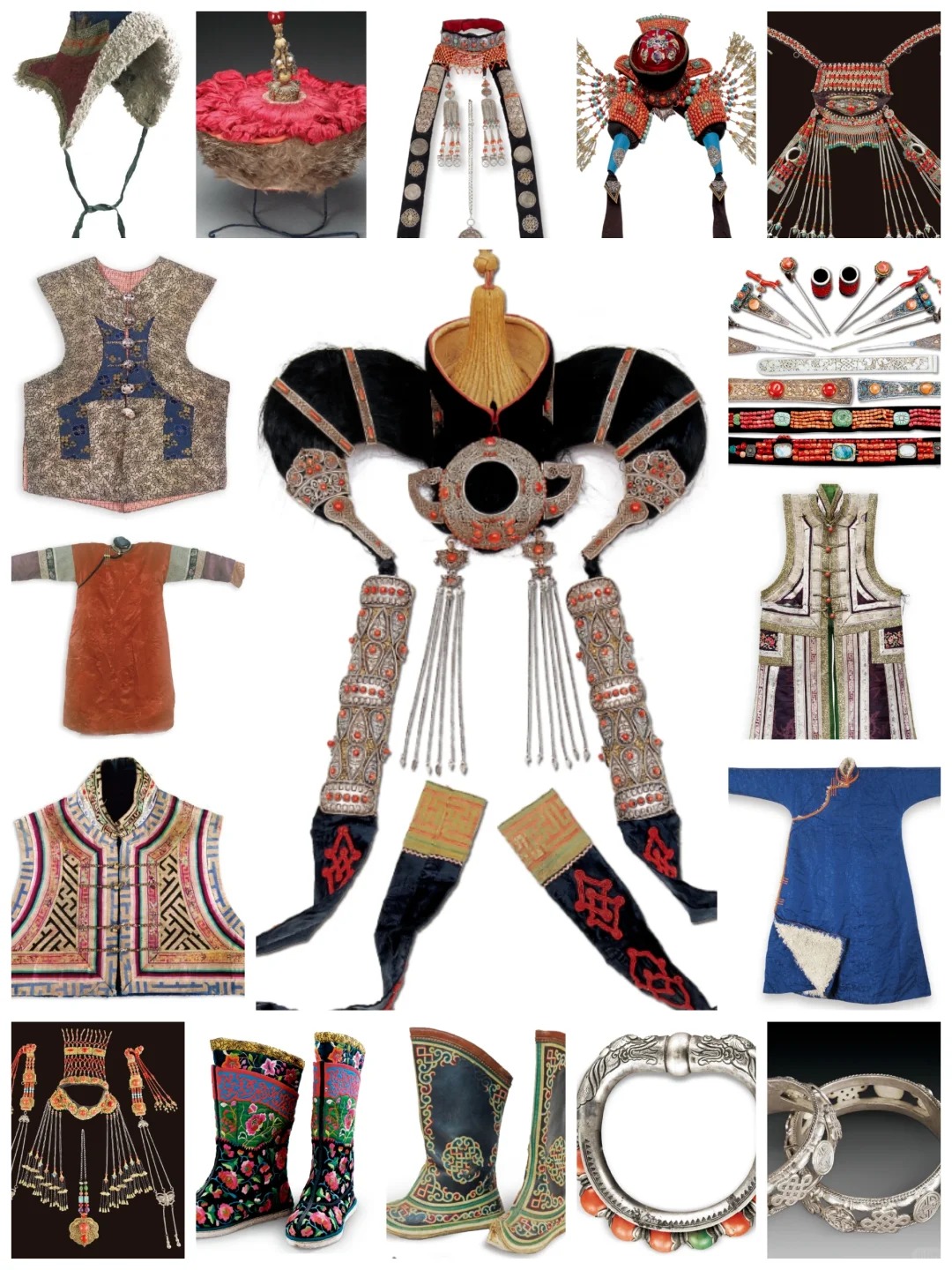
Regional Variations and Ethnic Differences
While the basic elements of Mongolian costume remain consistent, there are notable variations among different ethnic groups and regions:
| Ethnic Group | Distinctive Features |
|---|---|
| Khalkha | Classic deel design, subdued colors |
| Kazakh | Influence of Islamic dress, more colorful |
| Buryat | Unique hat styles, ornate silver jewelry |
These variations reflect the diverse cultural influences within Mongolia and from neighboring regions.
Ceremonial and Festival Costumes
Special occasions call for more elaborate versions of traditional costume. During the Naadam festival, wrestlers wear zodog (an open-fronted jacket) and shuudag (tight short shorts), symbolizing strength and purity.
Wedding costumes are particularly ornate, with brides often wearing headdresses adorned with coral and turquoise, symbolizing fertility and protection.
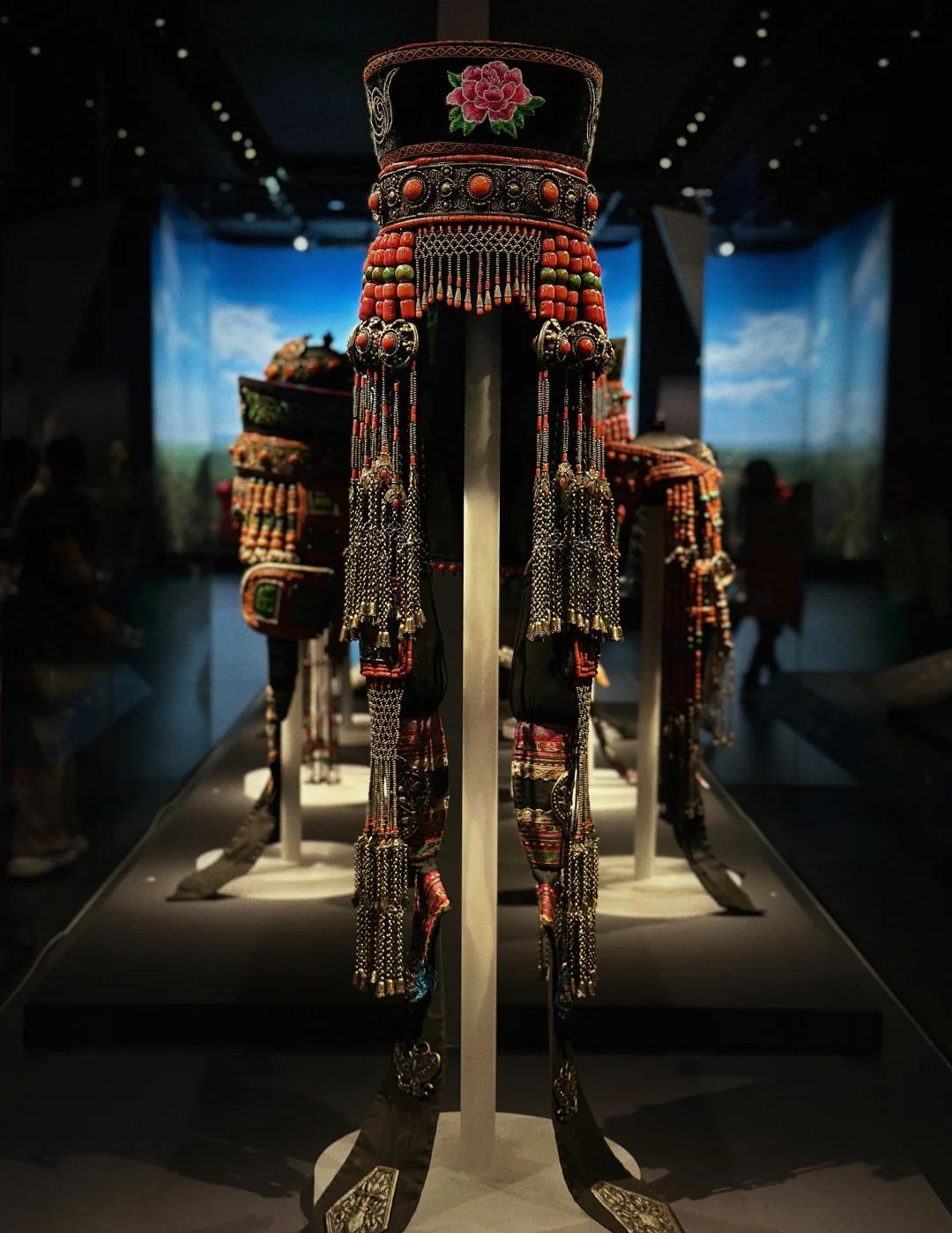
Experiencing Mongolian Traditional Costume as a Traveler
For travelers eager to engage with Mongolian traditional costume:
- Visit the National Museum of Mongolia in Ulaanbaatar for a comprehensive overview.
- Attend cultural performances where traditional costumes are showcased.
- Participate in festivals like Naadam to see costumes in a living context.
Many tourist ger camps offer opportunities to try on traditional clothing. When doing so, remember to treat the garments with respect, as they hold deep cultural significance.
Purchasing Traditional Clothing or Souvenirs:
- Look for authentic pieces in markets like Narantuul in Ulaanbaatar.
- Consider buying miniature deels or traditional hats as souvenirs.
- Support local artisans by purchasing handmade accessories.
Mongolian traditional costume offers a window into the soul of this ancient culture. By understanding and appreciating these garments, travelers can gain deeper insights into Mongolia’s rich heritage and the enduring spirit of its people.



